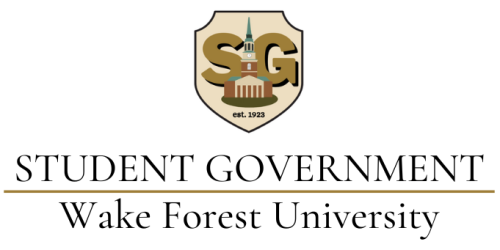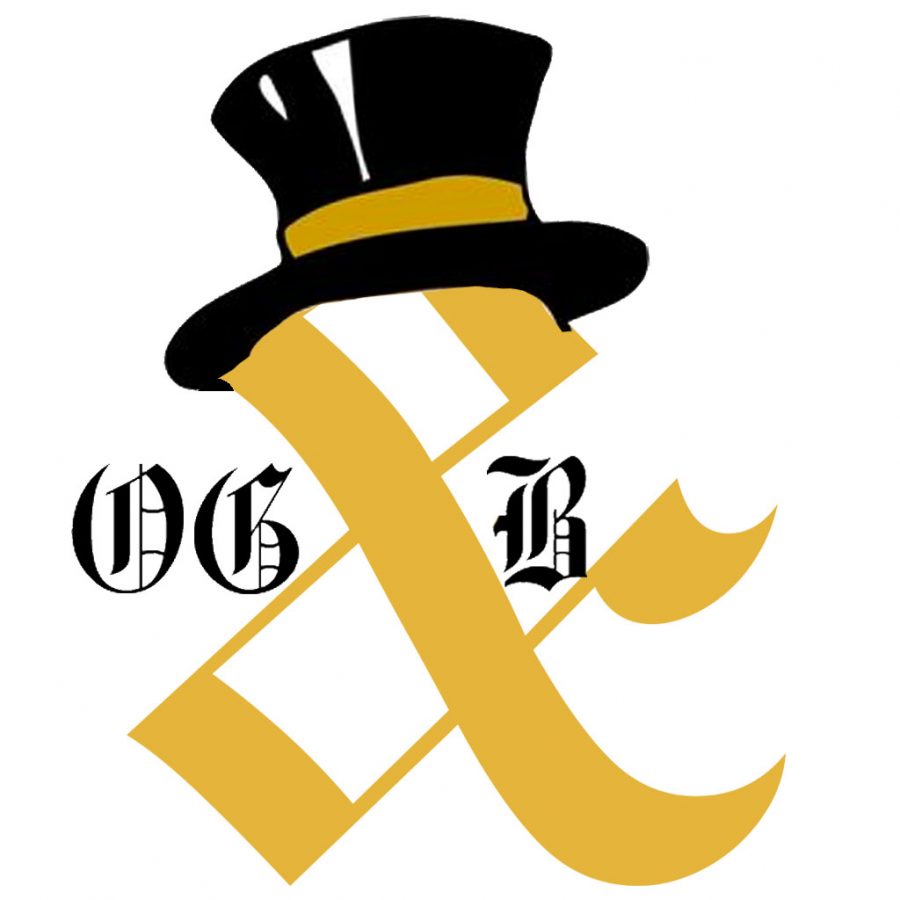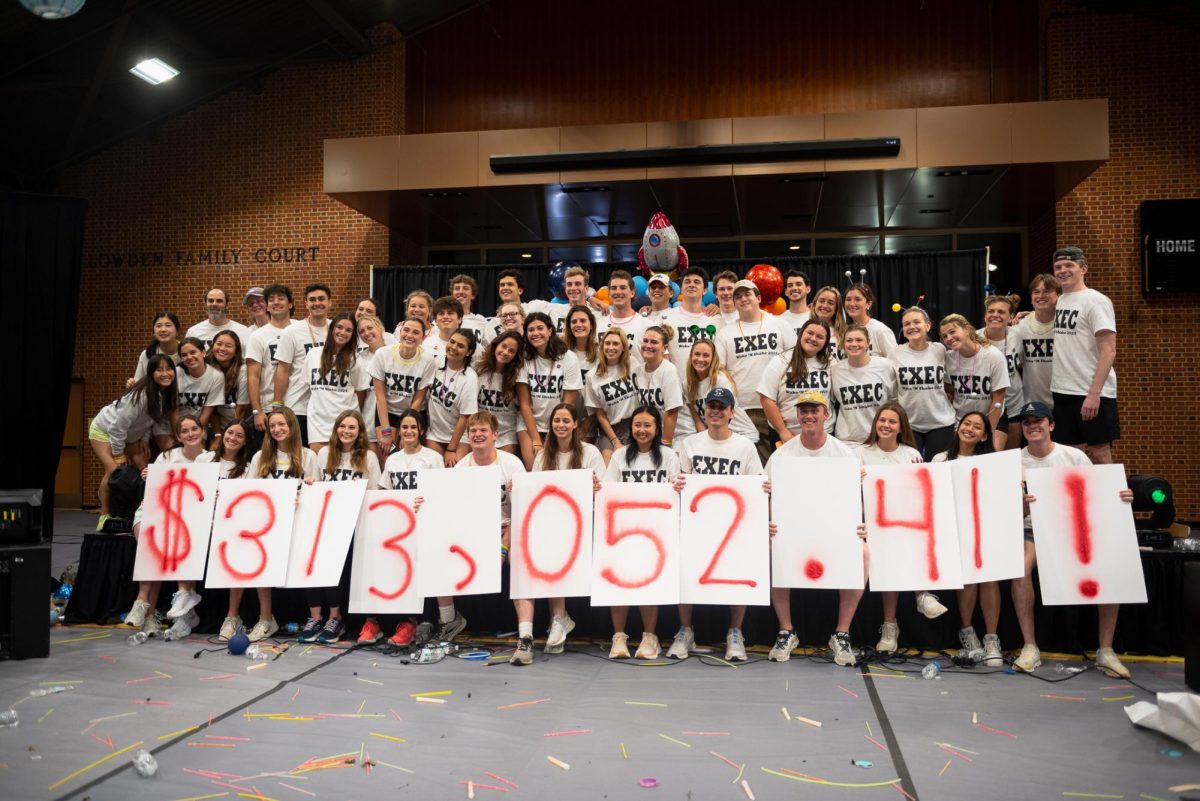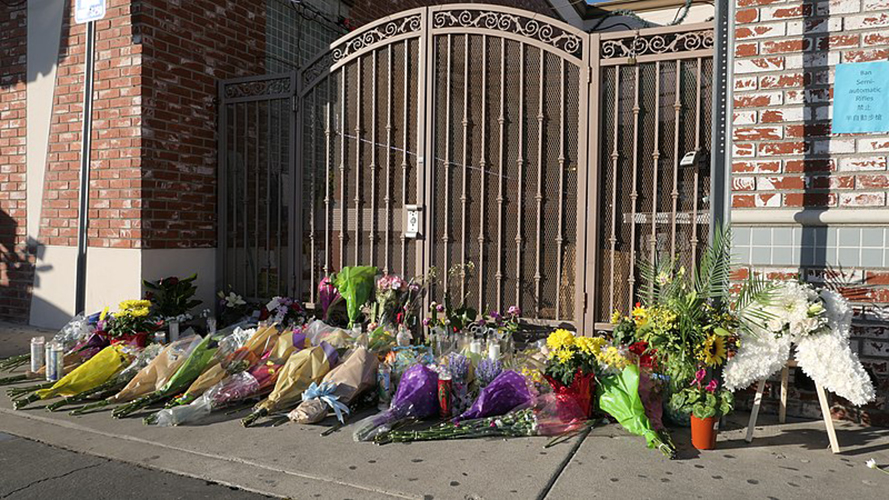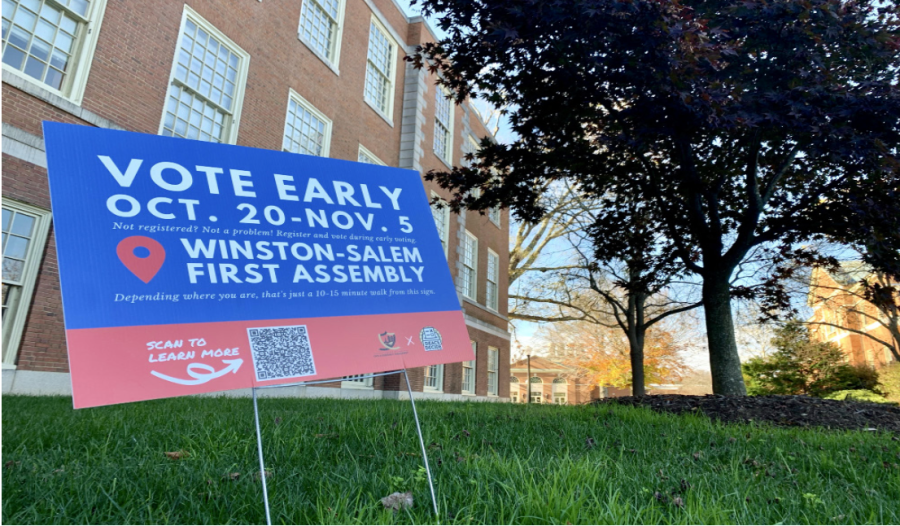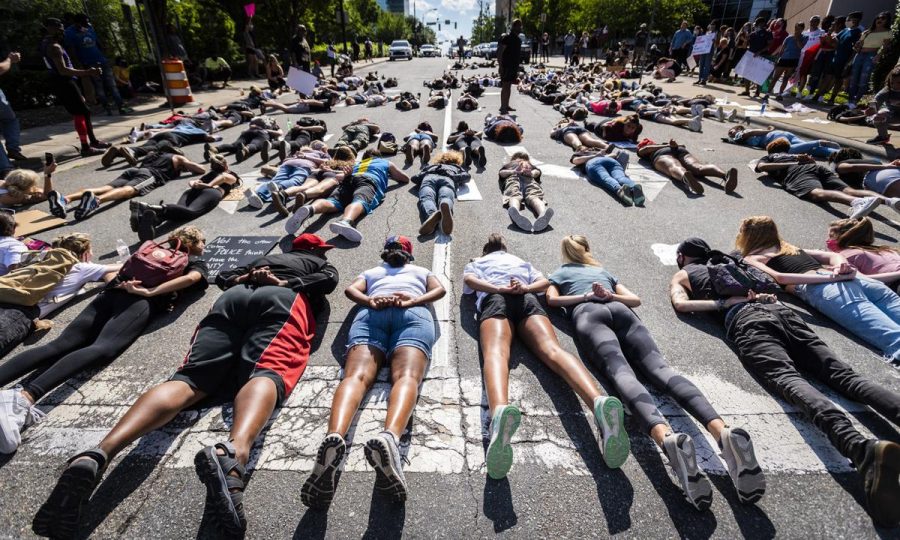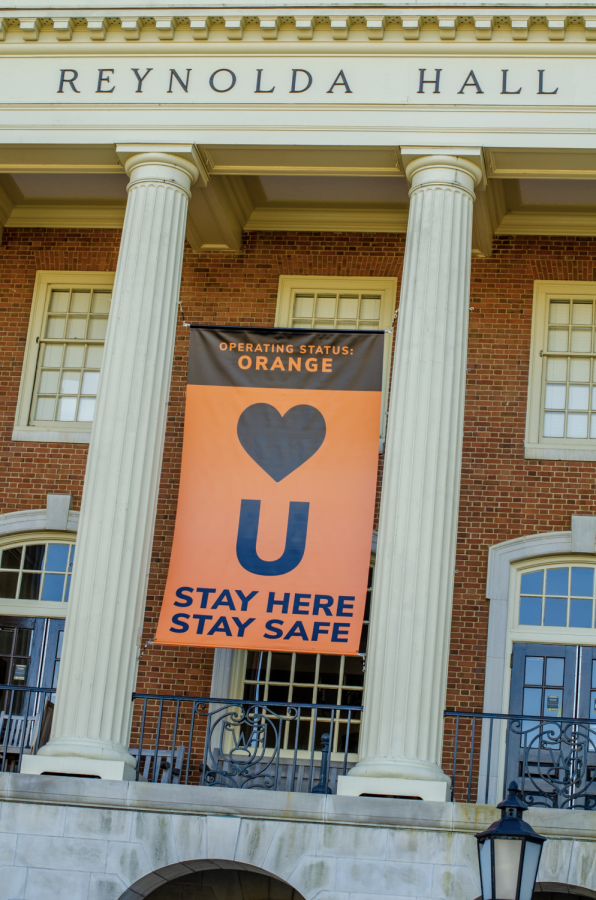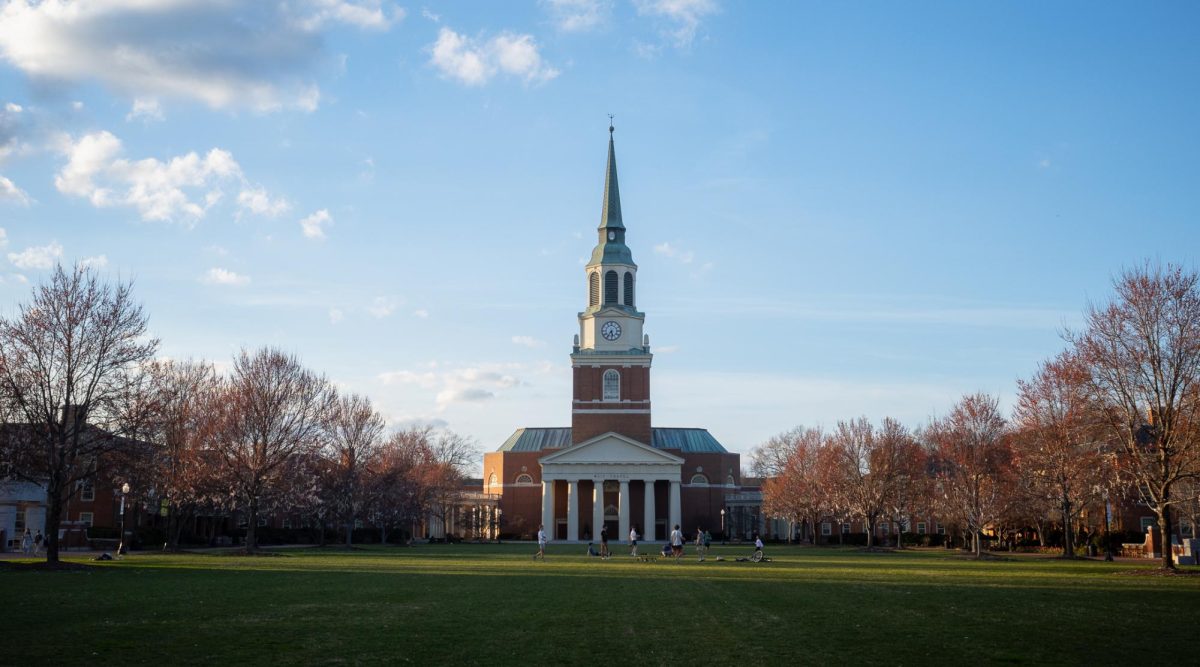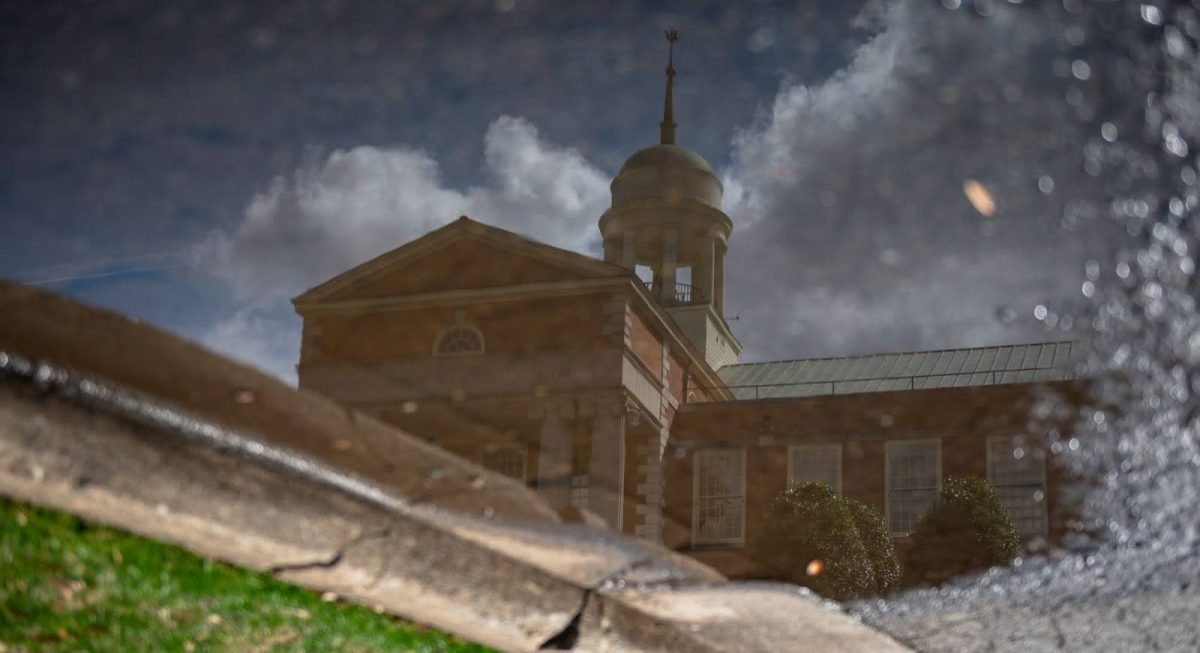Mystery and history are combined in a new book that follows a centuries-old secret’s journey through time in a new biblio-mystery novel.
Students and members of the Wake Forest community gathered in ZSR’s Special Collections Reading Room on March 16 to celebrate the publication of author Charlie Lovett’s newest novel, The Lost Book of the Holy Grail. The novel follows the quest through time to discover a missing manuscript and uncover the history of an English Cathedral and the secret of the Holy Grail.
Lovett, a New York Times bestselling author, talked about his latest biblio-mystery novel which, although set in present day, uncovers the history of a fictional English town, Barchester, over a period of about 15,000 years.
“It’s difficult for me to keep both of my feet in one time period,” Lovett said.
From the early Saxon period to present day, Lovett explained to the audience how he envisioned what each monastery, library or cathedral that held the lost manuscript would have been like architecturally.
As the book had to survive thousands of years of history, he also finds out how events affected the ordinary people of those eras as well.
Lovett described how the protagonist of the story, Arthur Prescott, a bibliophile and professor at the fictional University of Barchester, believes there is a secret connection between the legends of the Holy Grail and the history of the English cathedral.
Prescott is described as a man who does not believe in God, but spends most all of his free time in the cathedral.
“By the setting being in the cathedral, yes, it gives the story ecclesiastic overtones, but more importantly it is a setting that has been there for thousands of years,” Lovett said.
The co-protagonist, Bethany Davis, is an American who helps him uncover the secret of the Holy Grail in the cathedral library. Bethany reveals to Arthur a wider lesson Prescott hopes readers will learn after reading the book.
“Just about how we can interact with the past, and also why we need to not be quite so obsessed with the past,” Lovett said.
From archaic ecclesiastic memorial plaques to 1980’s magazines, Lovett explained his inspiration thought process behind the novel as a wide range of pieces that come together for the plot of the mystery.
“I want to show you how I as a novelist, take these strange little tidbits from my life and my experiences and somehow try to shove them into a convincing narrative,” Lovett said.
Following along with the theme of a medieval manuscript, the event also granted attendees the opportunity to see real medieval manuscripts from ZSR Special Collections.
“I think the setting of having it here in the rare books room really enhanced the atmosphere around the talk,” said Christian Burris, Serials Acquisitions Coordinator at ZSR. “Being able to refer to this part of the books and then the manuscripts on display, it kind of helped to give the talk a center and bring everything together.”
Copies of the book were available for purchase after the presentation, and Lovett was happy to autograph copies as well. Lovett is no stranger to Wake Forest, as he spent his youth around the community and his father was an English professor.




